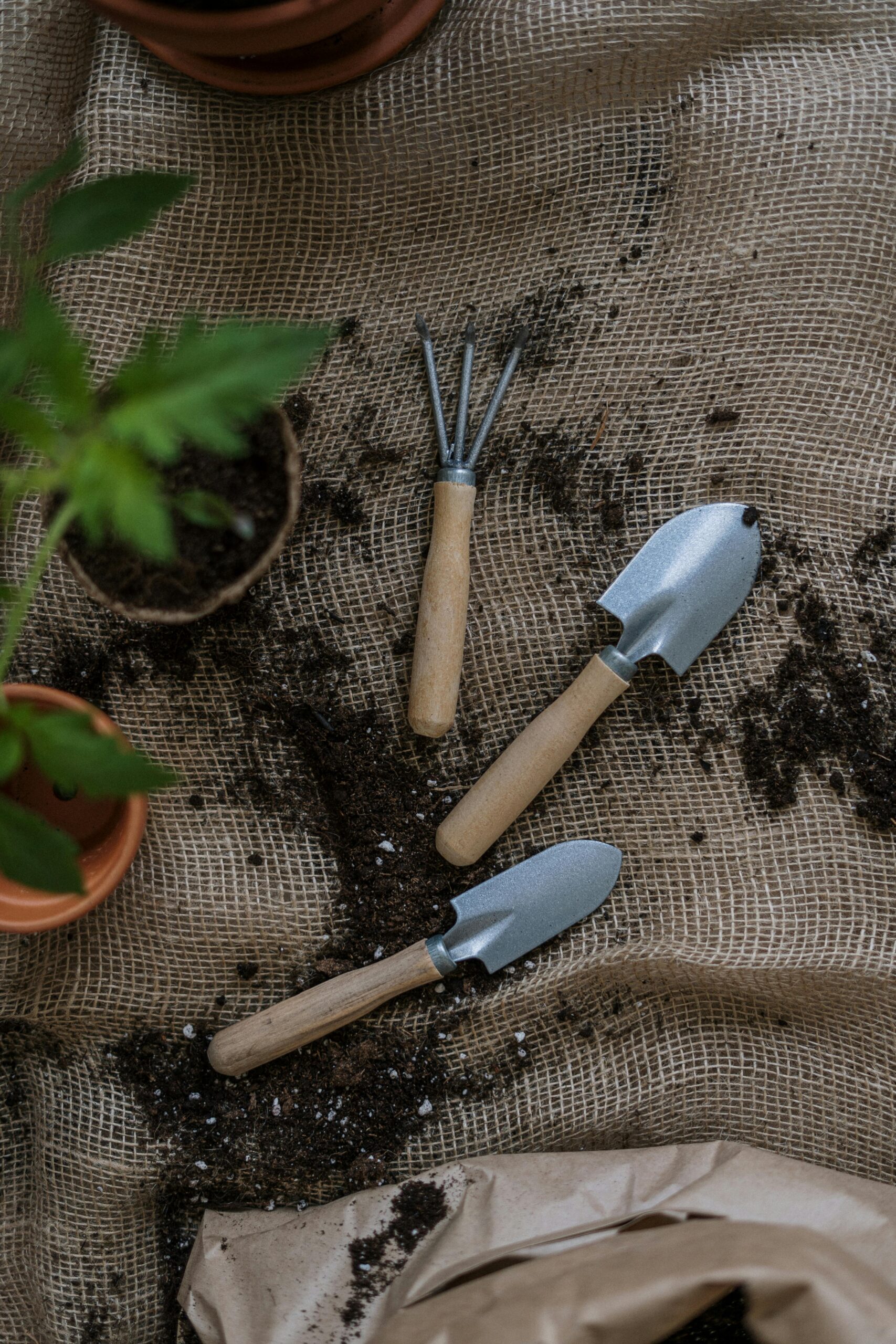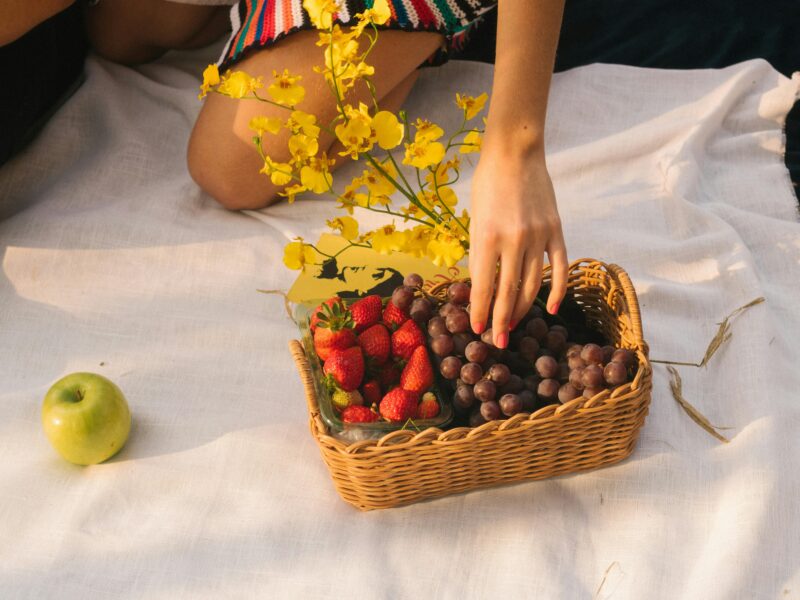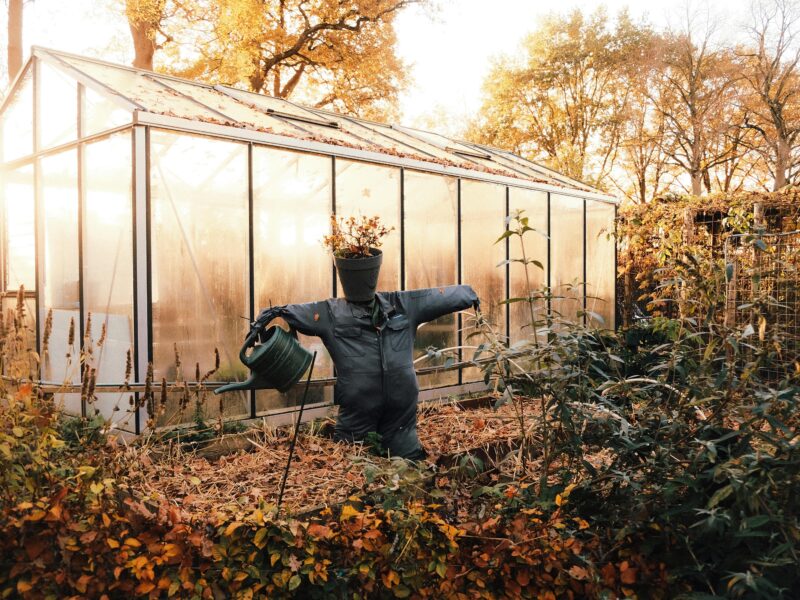Healthy plants don’t start with sunlight or water—they start with the soil. Beneath the surface, an entire ecosystem works to support roots, deliver nutrients, and regulate moisture. When your soil is thriving, your garden thrives too. But when it’s compacted, depleted, or lifeless, even the best seeds and fertilizers can fall flat.
The good news is that you don’t need synthetic chemicals to improve soil health. Nature provides everything your plants need to grow strong, resilient, and productive. Here are seven natural ways to enrich your soil and boost your garden’s long-term vitality.
1. Add Organic Matter Regularly
Organic matter is the single most important ingredient for fertile soil. It feeds beneficial microbes, improves structure, and helps the soil hold moisture while still draining well. Compost, aged manure, and shredded leaves all qualify as organic matter.
Spread a two- to three-inch layer over your beds each season and lightly mix it into the top few inches of soil. Over time, this builds a rich, crumbly texture known as loam—the gold standard for gardening.
If you’re short on compost, start small. Even kitchen scraps, coffee grounds, and grass clippings can make a difference when added thoughtfully.
2. Use Compost as a Living Fertilizer
Compost is often called “black gold” for a reason. It delivers a balanced, slow-release supply of nutrients and introduces beneficial bacteria that keep soil alive. Unlike synthetic fertilizers, compost never burns roots and continues improving the soil structure as it breaks down.
To use it effectively, work compost into the top layer of soil before planting or use it as a top dressing during the growing season. Your plants will enjoy steady nutrition without the chemical overload.
3. Encourage Earthworms and Microbes
A truly healthy garden depends on life beneath the surface. Earthworms aerate the soil, while bacteria and fungi break down organic matter into nutrients plants can absorb.
To encourage this hidden workforce, avoid pesticides and heavy tilling, which destroy their delicate environment. Instead, feed them with organic materials and maintain steady moisture. When you see earthworms in your garden, it’s a sign that your soil ecosystem is thriving.
4. Practice Crop Rotation
Planting the same crops in the same spot every year drains specific nutrients from the soil and attracts pests that specialize in those plants. Rotating crops keeps the soil balanced and discourages disease cycles.
For example, follow heavy feeders like tomatoes or squash with legumes such as beans or peas, which return nitrogen to the soil. This natural rotation system gives your garden time to recover and rejuvenate between growing seasons.
5. Try Cover Crops in the Off-Season
Bare soil loses nutrients quickly and erodes easily. Planting cover crops—also called green manure—during the off-season prevents that loss. Clover, rye, and alfalfa are excellent choices because they add organic matter, suppress weeds, and even capture nitrogen from the air.
When spring arrives, simply cut them down and work the remains into the soil. It’s like giving your garden a nourishing winter blanket.
6. Balance Soil pH Naturally
Plants can only absorb nutrients efficiently when the soil’s pH is within the right range—usually between 6.0 and 7.0 for most vegetables and flowers. Soil that’s too acidic or too alkaline can lock up vital minerals.
You can balance soil pH naturally. To raise pH in acidic soil, mix in ground limestone or wood ash. To lower pH in alkaline soil, add organic materials like pine needles, coffee grounds, or composted leaves. Testing your soil once or twice a year helps you stay on track.
7. Protect the Soil Surface
Bare soil is vulnerable to erosion, compaction, and temperature swings. Protecting it keeps the living ecosystem intact. Mulch is the easiest and most effective solution.
A two- to three-inch layer of mulch—whether straw, shredded bark, or even chopped leaves—acts as a shield. It prevents moisture loss, moderates soil temperature, and breaks down over time to enrich the soil naturally.
In vegetable beds, consider living mulch like low-growing herbs or clover to provide continuous cover.
Healthy soil isn’t something you buy—it’s something you build. By feeding it with organic matter, protecting it from damage, and letting nature do the heavy lifting, you create a foundation that supports everything you plant.
When your soil is balanced and alive, your plants grow stronger, resist disease, and reward you with more abundant blooms and harvests. So before reaching for another bag of fertilizer, remember this simple truth: the real secret to great gardening lies just beneath your feet.


